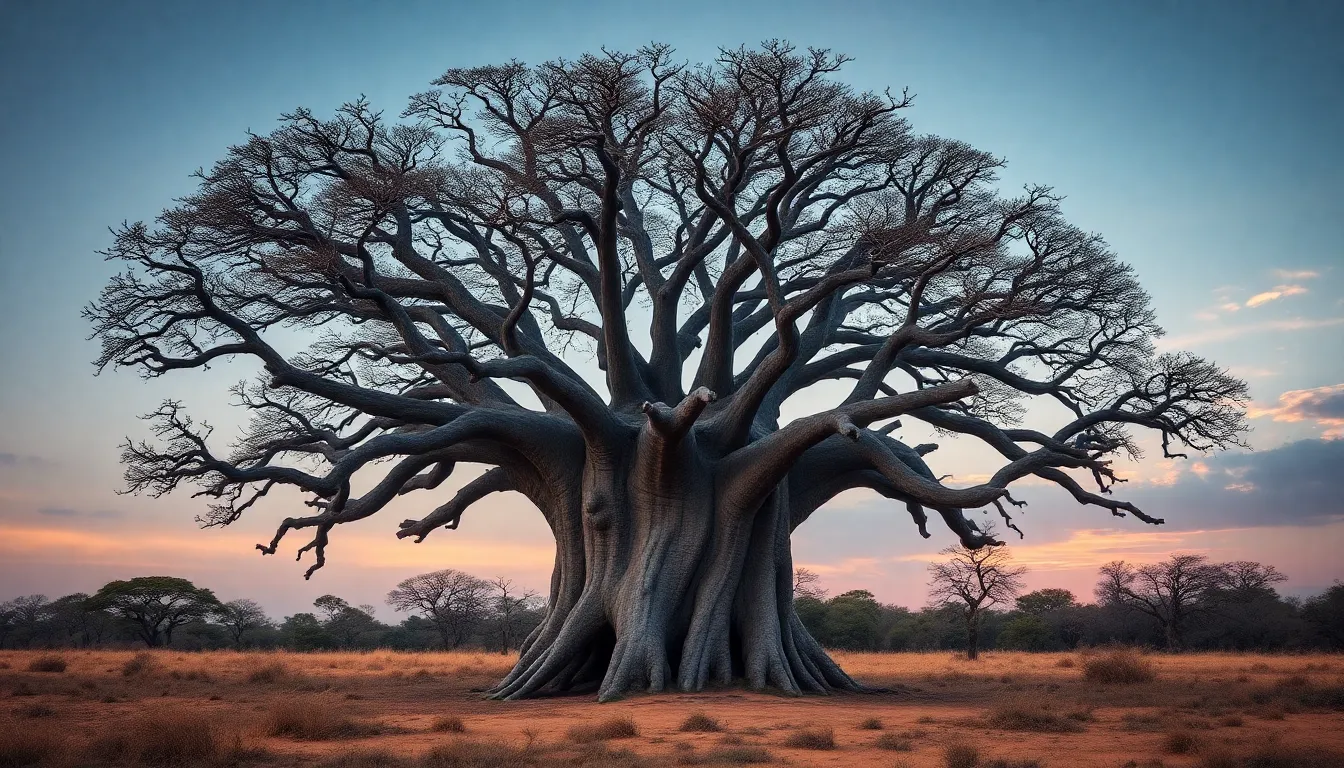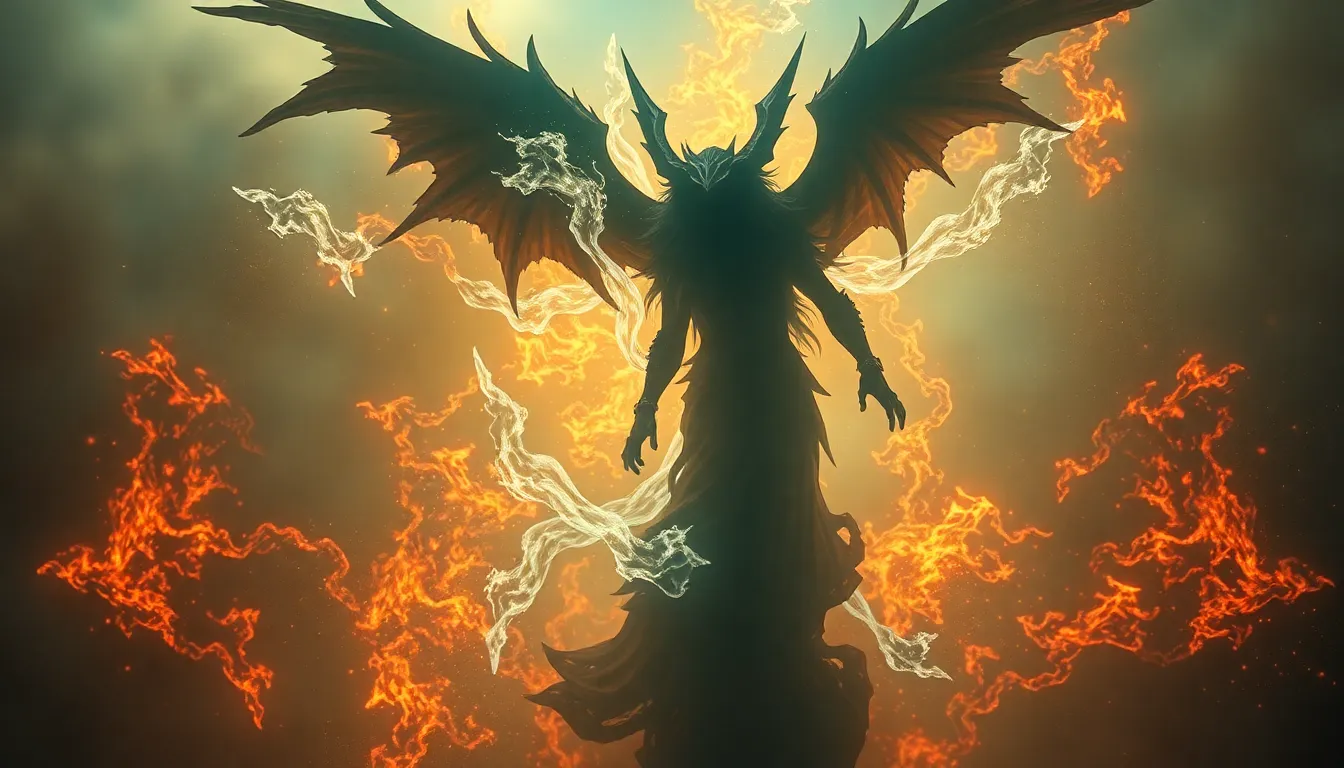The Underworld: Myths That Challenge Our Understanding of the Soul
I. Introduction
The concept of the Underworld has captivated human imagination across various cultures and epochs. Defined differently in each tradition, the Underworld often serves as a realm where souls go after death, reflecting the values and beliefs of the civilization in question. This article aims to delve into the multifaceted nature of the Underworld, examining its significance in mythological narratives and its implications for our understanding of the soul.
By exploring historical perspectives, notable figures, and the role of myths in shaping perceptions, we will illuminate how these narratives challenge and enrich our understanding of life, death, and the afterlife. Each section will provide insights into the Underworld’s role in various cultures, culminating in a cross-cultural comparison that highlights both similarities and differences.
II. Historical Perspectives on the Underworld
The concept of the Underworld has evolved significantly across civilizations. From the shadowy realms depicted in ancient texts to the more structured notions of afterlife found in later religions, the Underworld reflects the collective psyche of societies.
A. The evolution of the Underworld concept across civilizations
Initially viewed as a dark, chaotic void, the Underworld’s representation has transitioned to more structured depictions, often influenced by religious and philosophical developments.
B. Comparison of ancient Greek, Egyptian, and Mesopotamian views
- Greek Mythology: The Underworld, ruled by Hades, is a place of judgment where souls are sorted into different realms based on their earthly deeds.
- Egyptian Beliefs: The Duat is a complex realm where souls undergo trials, particularly the weighing of the heart against a feather.
- Mesopotamian Views: Irkalla, the Underworld, is a dreary place where souls lead a shadowy existence, reflecting the pessimism of Mesopotamian attitudes toward mortality.
C. The Underworld in Eastern philosophies and religions
In Eastern traditions, the Underworld often embodies a different narrative. Rather than a final destination, it may represent a transitional phase in the cycle of reincarnation, as seen in Hinduism and Buddhism.
III. The Role of Myths in Shaping Perceptions of the Soul
Myths play a crucial role in human culture, serving as narrative frameworks that help individuals and societies understand complex themes such as life, death, and the nature of the soul.
A. Definition of myth and its significance in human culture
Myths are traditional stories that convey moral, spiritual, or philosophical truths. They are significant as they provide context for human experiences and cultural values.
B. Exploration of how myths serve as metaphors for the soul’s journey
Many myths illustrate the journey of the soul, emphasizing themes of transformation, trial, and redemption. They often serve as allegories for the human experience of life and death.
C. Case studies of specific myths that illustrate this relationship
- The Epic of Gilgamesh: Explores themes of mortality and the quest for eternal life.
- The Descent of Inanna: Illustrates the trials of the soul and the importance of facing one’s shadow.
IV. The Underworld in Greek Mythology
In Greek mythology, the Underworld is primarily represented by Hades, a realm that reflects both fear and fascination.
A. Overview of Hades and its significance
Hades, named after its ruler, is depicted as a shadowy domain where souls reside after death. It is a place of both punishment and reward.
B. Major figures: Charon, Persephone, and the Fates
- Charon: The ferryman who transports souls across the river Styx.
- Persephone: Queen of the Underworld, representing the cycle of life and death.
- The Fates: They control the destiny of souls, emphasizing the inescapability of fate.
C. The concept of judgment and the afterlife in Greek myths
Greek mythology introduces the idea of judgment, where souls are assessed and sent to different realms such as Elysium for the virtuous or Tartarus for the wicked.
V. The Egyptian Underworld: Duat and the Soul’s Journey
The Egyptian Underworld, known as Duat, plays a vital role in their spiritual beliefs, emphasizing the journey of the soul after death.
A. Description of Duat and its significance in Egyptian belief
Duat is a complex landscape filled with challenges and trials, reflecting the soul’s journey toward the afterlife.
B. The role of Osiris and the weighing of the heart
Osiris, the god of the afterlife, presides over the judgment of souls. The weighing of the heart against the feather of Ma’at determines the soul’s fate.
C. Myths that depict the soul’s trials and transformations
- The Myth of Osiris: Illustrates themes of death, resurrection, and the cyclical nature of life.
- The Book of the Dead: A guide for navigating the challenges of Duat.
VI. The Mesopotamian Underworld: Irkalla and Its Denizens
The Mesopotamian Underworld, known as Irkalla, presents a stark contrast to other cultural depictions, marked by bleakness and despair.
A. Characteristics of the Mesopotamian Underworld
Irkalla is often described as a dark, dreary place where souls exist in a shadowy manner, devoid of joy or light.
B. Myths featuring Inanna and her descent to the Underworld
Inanna’s descent serves as a narrative of transformation and the duality of life and death, marking her journey into the realm of the dead.
C. Implications for understanding mortality and the soul
This portrayal reflects a worldview that emphasizes the inevitability of death and the somber nature of existence beyond life.
VII. The Underworld in Eastern Traditions
Eastern philosophies offer a unique perspective on the Underworld, often integrating concepts of reincarnation and karma.
A. Overview of the Underworld in Hinduism and Buddhism
In these traditions, the Underworld is not viewed as a permanent resting place but rather a temporary phase in the cycle of rebirth.
B. Concepts of reincarnation and karma
The idea of karma influences how souls are judged and reborn, emphasizing moral actions in determining future existences.
C. Myths that challenge Western notions of the soul
Eastern myths often present a more fluid understanding of the soul, contrasting sharply with the more fixed destinies portrayed in Western traditions.
VIII. Modern Interpretations of Underworld Myths
Today, ancient myths continue to influence contemporary spirituality and psychology, reflecting our ongoing quest for meaning regarding death and the soul.
A. Influence of ancient myths on contemporary spirituality
Modern spiritual movements often draw upon ancient narratives to offer insights into life after death and the nature of the soul.
B. Psychological interpretations of the Underworld as a metaphor for the subconscious
In psychology, the Underworld is sometimes viewed as a representation of the subconscious, where hidden fears and desires reside.
C. How modern narratives continue to explore themes of death and the soul
Literature, film, and art regularly revisit themes related to the Underworld, reflecting humanity’s enduring fascination with mortality and the afterlife.
IX. Cross-Cultural Comparisons: Similarities and Differences
Despite the diversity of Underworld myths, certain common themes emerge, highlighting both shared beliefs and unique cultural interpretations.
A. Common themes across various Underworld myths
- The concept of judgment and the moral implications of one’s life.
- The journey of the soul as a transformative experience.
- Symbolism of darkness and the unknown associated with death.
B. Divergent views on the fate of the



